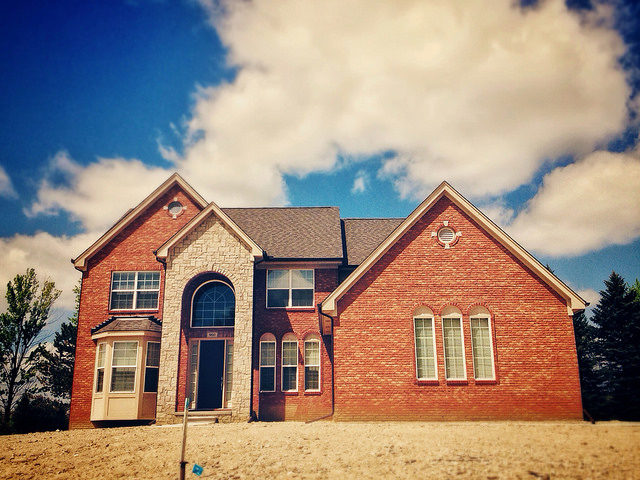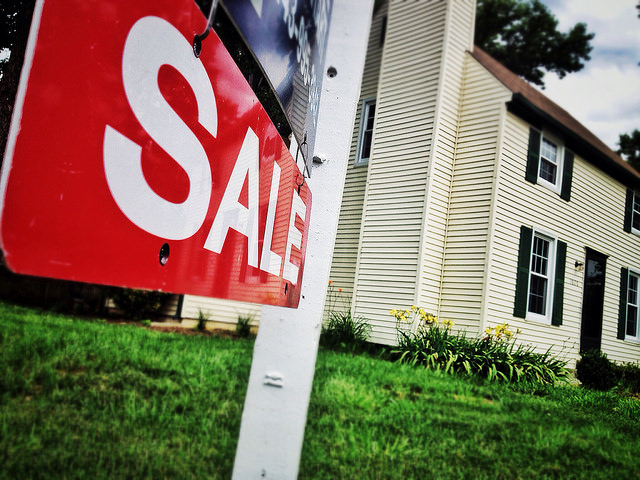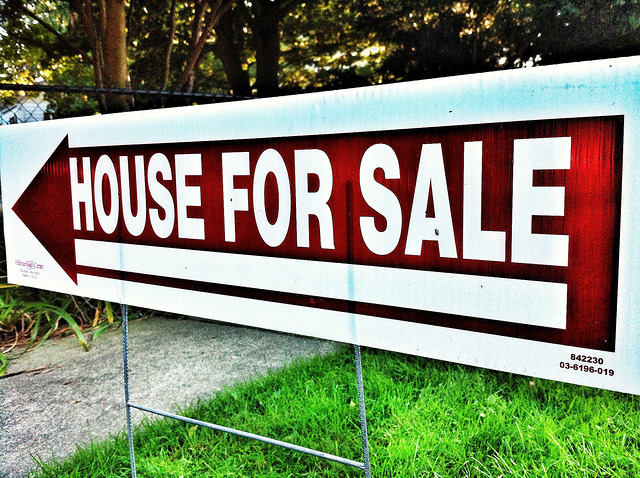Perhaps you’ve never thought about how much all the homes in the country would cost if their values were totaled. But, according to recently released data from Zillow, that number is now $31.8 trillion – and that’s up $2 trillion from the year before. Zillow senior economist Aaron Terrazas says the national housing stock hit record heights in 2017. “Strong demand from buyers and the ongoing inventory shortage keep pushing values higher, especially in some of the nation’s booming coastal markets,†Terrazas said. In fact, the New York and Los Angeles markets alone account for more than 8 percent of the value of all U.S. housing. According to the report, each are now worth more than $2.5 trillion. Among the cities seeing the most rapid growth, Columbus led the way, with a 15.1 percent increase – though San Jose, Dallas, Seattle, Tampa, Las Vegas, and Charlotte also grew by more than 10 percent over the past year. More here.













